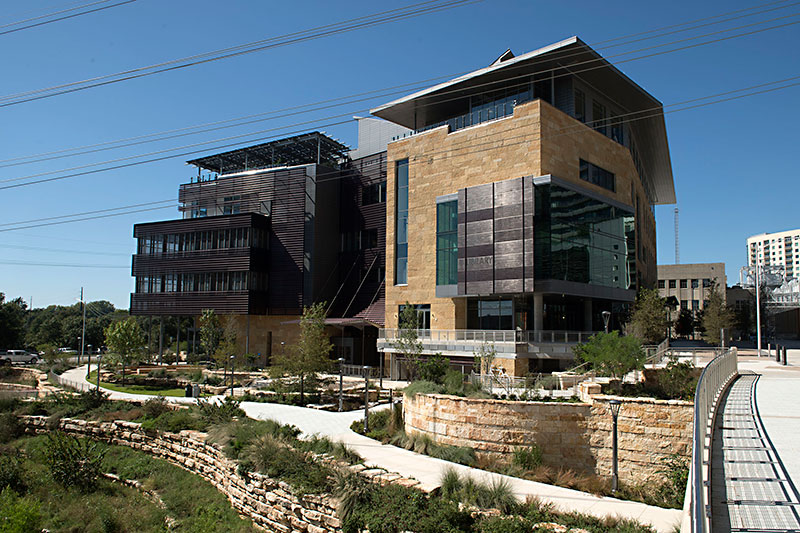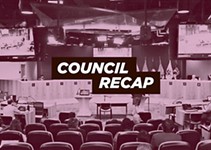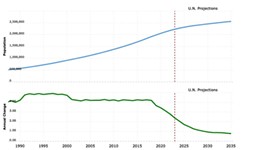Council Slips Into Relaxation Mode
Light agenda, plus spitballing about biennial budgets
By Mike Clark-Madison, Fri., Nov. 30, 2018

The Austin City Council is poised today to make quickish work of a lightish agenda without losing too many brain cells. Some highlights:
• Final adoption of the Water Forward long-range water resource plan (through 2040), which is not itself a major policy shift – more conservation carrots and sticks, smart metering and other new technology, and thinking about aquifer storage, water recycling, groundwater desalination, and other big-ticket items. But all this has heightened salience in the wake of both the flood-induced Aquapocalypse at the end of October and the sobering National Climate Assessment released last week (see "Point Austin," Nov. 30).
• An otherwise routine alley vacation on the Eastside (District 3) that's supported by neighbors but which has raised questions about whether the city is being paid fairly for the land.
• The final release of 33 acres of Austin's extraterritorial jurisdiction to the tender care of Dripping Springs, a development-driven deal that's been negotiated for several years to heighten environmental protections.
• A nebulous proposal from CM Leslie Pool to "explore opportunities and options to improve the standard of care offered by providers of housing and domestic care services to clients with physical and mental health-related issues who do not receive state-regulated services." Apparently, there's a quality gap in the caregiving sector that the city could address with regulations and incentives.
• A much more straightforward draft ordinance spelling out a "First Amendment policy" regarding expressive activity (petitioning!) outside Austin Public Library locations or the Palmer Events Center, a dustup spawned back in March when IndyAustin wranglers got criminal trespass warnings while gathering signatures for the recently failed Proposition J.
• Zoning! A proposed upzoning (for a subsequent expansion) of the Asian American Cultural Center on Jollyville Road in District 10 – the private one, not the city-owned one – is opposed by neighbors on traffic grounds, and an urban-infill project near Agave on FM 969 in District 1 is burdened by a full-on valid petition in opposition to new density and its attendant depredations.
• And Texas Gas Service will be seeking Council approval for its rates effective January 1, specifically the extra tariff that supports the utility's conservation programs. The city and TGS had worked out a three-year rate deal, but Council is required to hold a public hearing once an "affected person" objects to the rate change – that being, in this case, longtime utility watchdog Paul Robbins.
Budgeting Made Twice as Good
At the Tuesday, Nov. 27, work session, the marquee item was a presentation by the Anti-Displacement Task Force (see "Public Notice," Nov. 30), but the day started with a geek-out under the "Government That Works for All" banner in the city strategic plan – exploring whether the city, like the state, should move to a biennial budget. This is the brainchild of CM Jimmy Flannigan, who foresees potential cost and performance benefits from a more long-term focus in budget planning. Flannigan says he's been thinking about this for a while – "It's not an idea I had in a dream" – and cites Dallas (which began biennial budgeting last year), Oakland, San Francisco, and Portland as models. Since actual appropriations have to be made annually (Chapter 102, Texas Local Government Code), the Dallas approach involves a year-one "proposed budget" (as Council now approves every September) and a year-two "planning budget." Flannigan heard the reactions you'd expect from his colleagues: What problem does this solve? (Kathie Tovo); What are other cities' experiences? (Ann Kitchen); What if an emergency arises? (Tovo again). No decisions were made but Flannigan was satisfied that Council is thinking about the idea now, well before the next budget season.
Got something to say on the subject? Send a letter to the editor.










